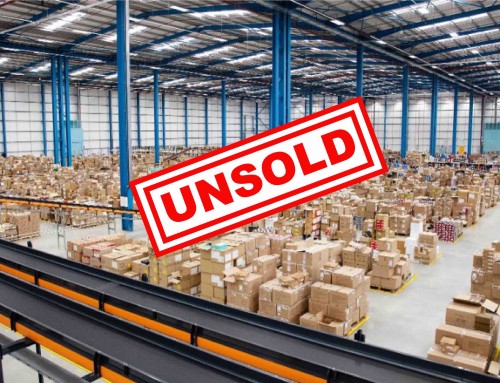How to reduce the cost of goods sold (COGS) with MYOB Acumatica
For wholesale distributors, proactive inventory management processes are key to reducing cost of sale. This post examines how you can prevent shortages, meet demand and run a cost-effective warehouse with the MYOB Acumatica (formerly MYOB Advanced) ERP platform.
When you look at your profit and loss report to see where you’re winning and where you need to improve, sales revenue is usually what draws the eye. It makes sense for motivated business owners to be interested in profits and how they’re growing.
But how often do you step back and genuinely focus on the expenses side? Reducing your cost of goods sold (COGS) is an excellent way to run a leaner and more profitable business, especially in the context of an evolving marketplace.
Wholesale and distribution companies are being affected by the convergence of B2B and B2C markets, with big players like Amazon driving direct sales via e-commerce. It’s a headache for distributors who now face a more complex fulfilment process and increasing pressure to deliver faster, and for less.
For small to medium wholesale and distribution businesses, maximising savings through efficiency gains in your warehouse and inventory management will make the difference to your survival and future growth.
Are your warehouses money-wasters?
The operating costs of warehouses can be significant. There are the costs that feed into site selection processes: such as locality, lease rates, utilities costs, availability of labour and proximity to transport routes and your customer base.
But what about the operational costs that arise from inefficient warehouse management? The time and effort involved in acquiring, storing, locating and delivering stock to customers either adds to or minimises your costs.
The speed and accuracy of daily tasks related to unloading, storage, picking, packing and shipping affect your bottom line. Sorting, rotating and moving stock between multiple warehouses also requires resources and if done poorly, can cost you dearly.
Dead stock is a common source of waste that increases the cost of sale. Forgotten and redundant stock that’s no longer part of your product offering doesn’t just have a zero return on investment, it costs you by taking up space that might better be used for in-demand items or other production tasks.
On the other hand, inadequate inventory levels not only mean shelves sit bare, it create delays for customers, urgency for your suppliers and disorder within your organisation.
Leaner processes require tech solutions
Inventory management is all about reducing your reliance on the potential sale, and fine-tuning your capacity to stock and deliver the products required to meet demand—in a timely way. In addition, you need the flexibility to compensate for variations.
While you’ll always need humans at the helm, in the current digital era if you’re not harnessing technology and advanced predictive algorithms, you’re doing business with one hand tied behind your back.
Balancing inventory is complicated. It requires accurate sales forecasting, automated processes and access to real-time data, so you don’t buy inventory until you need it, you don’t create an unnecessary storage need, and you don’t stock out.
Cloud technology is making it possible for businesses of all sizes to access reliable data analytics, automation and instant insights. Insight-driven inventory management will reduce cost of sale, improve cash flow, and enhance customer service.
Comprehensive Enterprise Resource Planning (ERP) software made specifically for SMBs can give you a competitive edge from the moment goods are purchased, through to delivery and after-sales customer care.
MYOB Acumatica is ideal for stock and supply chain
MYOB Acumatica is an ideal stock control and distribution software for SMBs. It analyses historical sales data and provides you with system-generated replenishment recommendations that allow you to forecast demand, carefully plan for the arrival of new supplies and prevent shortages.
Some key features of MYOB Acumatica inventory management include:
- The ability to specify valuation methods for different stocks so you can get trusted figures on the cost of holding stock and cost of goods sold (COGS).
- Gain clarity across warehouses to determine inventory quantities by location, and allocation. See differences in costs to manage warehouses and redistribute stock internally where needed.
- Use features like lot and serial number or expiration date to track inventory and create sub-items with separate costs to refine tracking and reporting.
- Automate purchase ordering, integrate with a CRM and manage discounts and promotions.
In addition, the MYOB Acumatica ERP system offers the Supply Chain Management Suite which is integrated with core financial modules to offer even richer real-time insights into the profitability of different warehouses, product lines, locations and business units.
The right software can make purchasing, inventory and sales order management simpler and more cost-effective, so you can reduce cost of inventory and enjoy higher revenue.
Our consultants understand the pressures on SMBs reliant on effective warehouse, inventory and supply chain management. Contact us to explore the MYOB Acumatica (formerly MYOB Advanced) ERP solution.




Leave A Comment